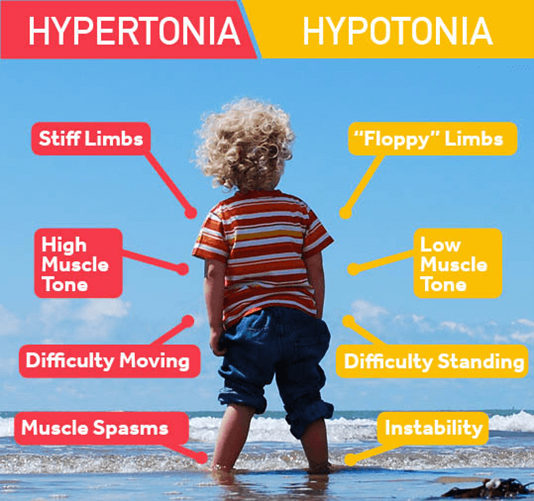A nurse is preparing to insert an IV catheter for a client. Which of the following actions should the nurse plan to take?
Select a site on the client’s dominant arm.
Apply a tourniquet below the venipuncture site.
Elevate the client’s arm prior to insertion.
Choose a vein that is palpable and straight.
The Correct Answer is D
This will facilitate the insertion of the catheter and reduce the risk of complications such as infiltration, phlebitis, or hematoma. A straight vein will also allow the catheter to be inserted up to the hub, which reduces the risk of contamination along the length of the catheter.
Choice A is wrong because selecting a site on the client’s dominant arm can interfere with the client’s mobility and increase the risk of dislodging the catheter. The nurse should choose a site on the client’s non-dominant arm, preferably on the hand or forearm.
Choice B is wrong because applying a tourniquet below the venipuncture site will impede blood flow and make it harder to locate a suitable vein. The nurse should apply a tourniquet above the venipuncture site, about 10 to 15 cm from the insertion site.
Choice C is wrong because elevating the client’s arm prior to insertion will decrease venous filling and make it harder to palpate a vein. The nurse should lower the client’s arm below the level of the heart to increase venous distension.
Normal ranges for IV catheter size and insertion angle depend on several factors, such as the type and duration of therapy, the condition and size of the vein, and the age and preference of the client.
In general, smaller gauge catheters (20 to 24) are preferred for peripheral IV therapy, and larger gauge catheters (14 to 18) are used for rapid fluid administration or blood transfusion. The insertion angle can vary from 10 to 30 degrees, depending on the depth and location of the vein.
Nursing Test Bank
Naxlex Comprehensive Predictor Exams
Related Questions
Correct Answer is A
Explanation
This is part of the medication reconciliation process, which is done to avoid medication errors such as omissions, duplications, dosing errors, or drug interactions. It should be done at every transition of care in which new medications are ordered or existing orders are rewritten.
Choice B is wrong because the nurse should not encourage the client to make his own list after he returns to his home. The nurse should provide the client with an updated and accurate list of medications before discharge and instruct the client to keep it with him at all times.
Choice C is wrong because the nurse should not include any adverse effects of the medications the client might develop. The nurse should include any known allergies or adverse reactions the client has experienced in the past, but not potential adverse effects that have not occurred.
Choice D is wrong because the nurse should not exclude nutritional supplements from the list of medications the client reports. The nurse should include all prescription medications, herbals, vitamins, nutritional supplements, over-the-counter drugs, vaccines, diagnostic and contrast agents, radioactive medications, parenteral nutrition, blood derivatives, and intravenous solutions in the medication reconciliation process.
Some of these products may interact with prescribed medications or affect laboratory results.
Correct Answer is D
Explanation

Hypertonicity is a sign of increased muscle tone and stiffness, which can indicate that the newborn is experiencing withdrawal from methadone exposure in utero. Methadone is an opioid medication that can cross the placenta and cause neonatal abstinence syndrome (NAS) in the newborn.
Choice A is wrong because it is a normal finding in newborns.
Acrocyanosis is a bluish discoloration of the hands and feet due to immature peripheral circulation. It usually resolves within the first 24 to 48 hours of life.
Choice B is wrong because it is not a typical sign of withdrawal.
Bradycardia is a slow heart rate, usually less than 100 beats per minute in newborns. It can be caused by hypoxia, hypothermia, hypoglycemia, or vagal stimulation.
Choice C is wrong because it is a sign of increased intracranial pressure, not withdrawal. Bulging fontanels can be caused by meningitis, hydrocephalus, or hemorrhage.
Normal ranges for newborn vital signs are as follows:
- Heart rate: 120 to 160 beats per minute
- Respiratory rate: 30 to 60 breaths per minute
- Temperature: 36.5 to 37.5°C (97.7 to 99.5°F)
- Blood pressure: 60 to 80 mm Hg systolic and 40 to 50 mm Hg diastolic
Whether you are a student looking to ace your exams or a practicing nurse seeking to enhance your expertise , our nursing education contents will empower you with the confidence and competence to make a difference in the lives of patients and become a respected leader in the healthcare field.
Visit Naxlex, invest in your future and unlock endless possibilities with our unparalleled nursing education contents today
Report Wrong Answer on the Current Question
Do you disagree with the answer? If yes, what is your expected answer? Explain.
Kindly be descriptive with the issue you are facing.
